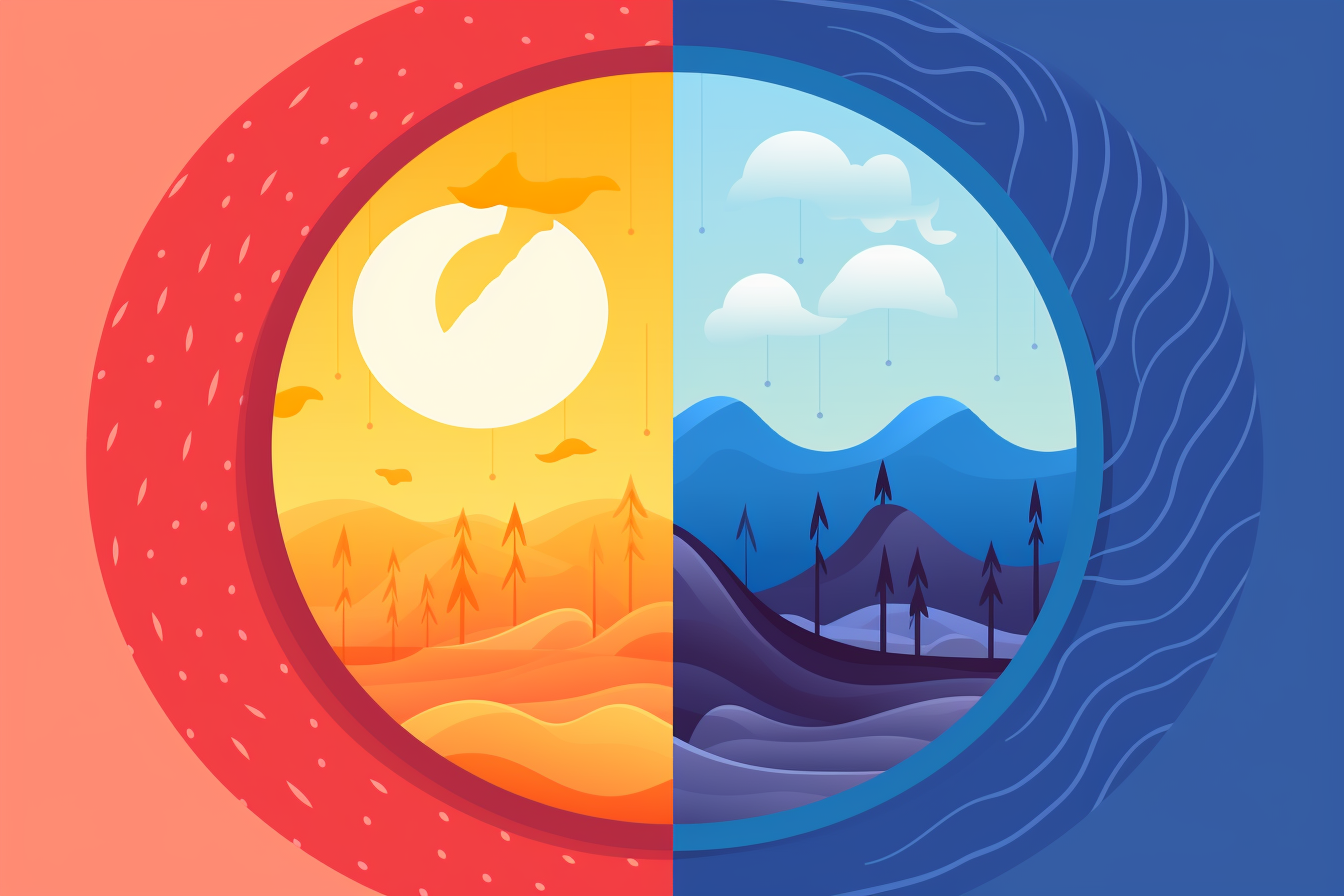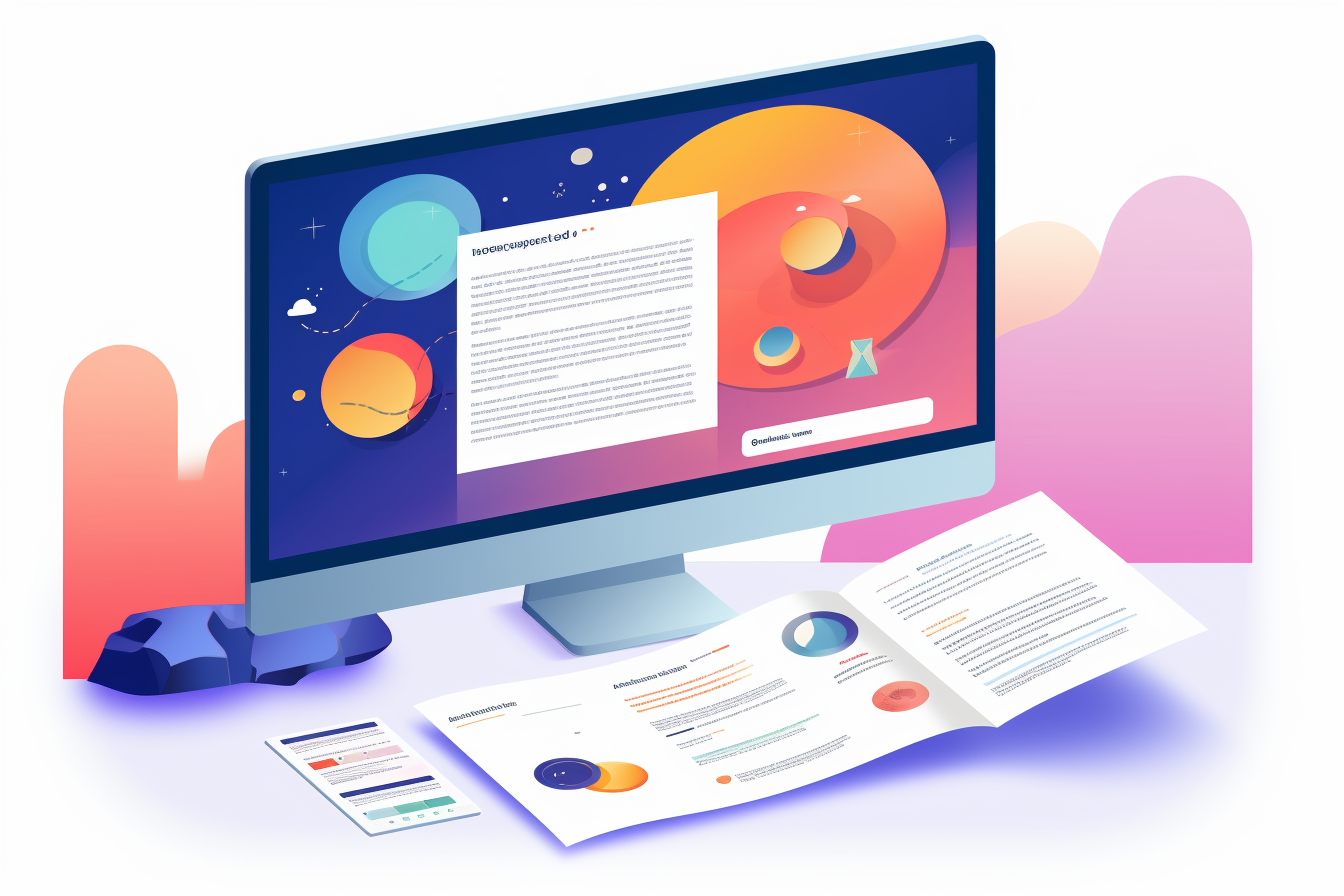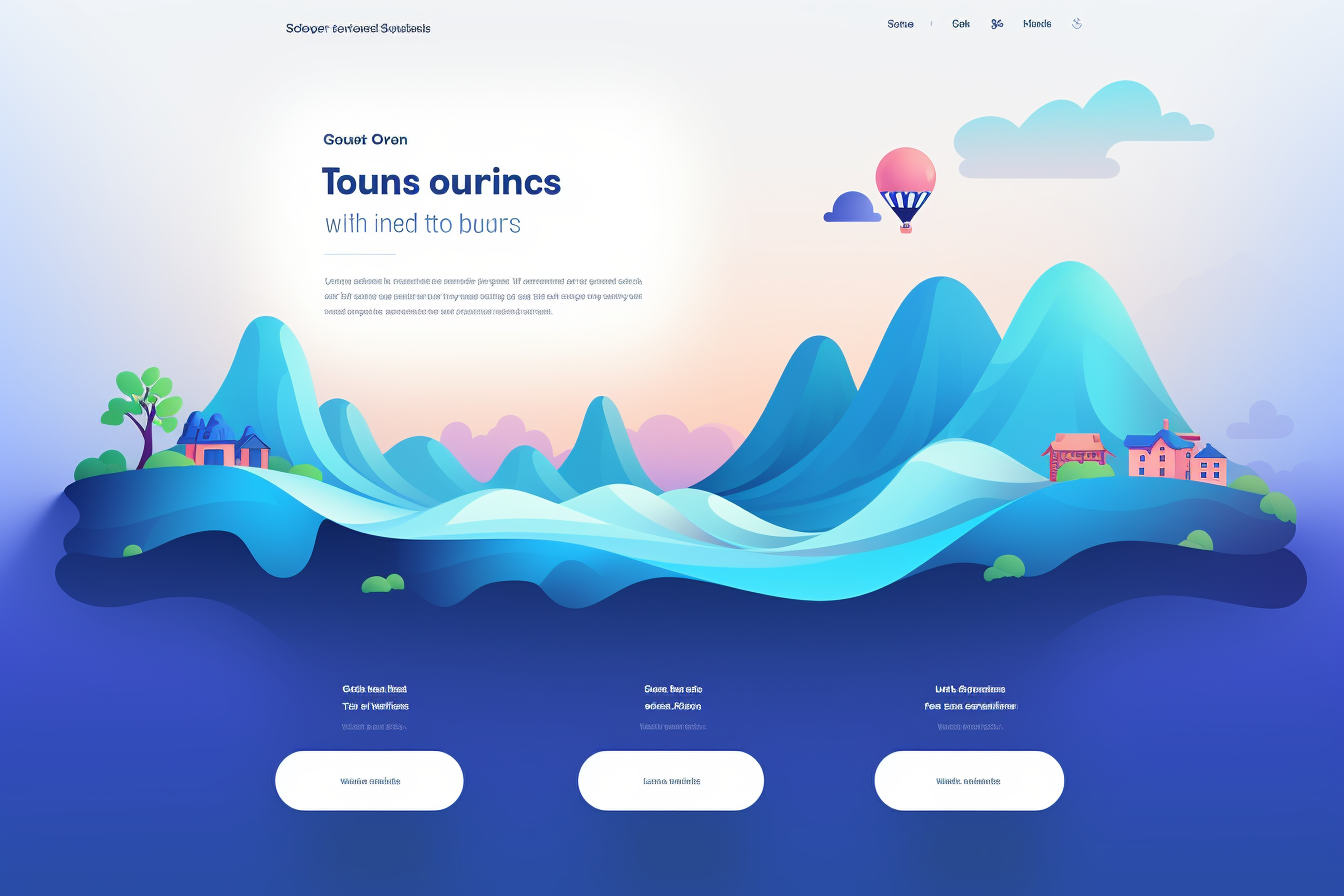The intricate dance of colors has long fascinated the human psyche, weaving emotions, thoughts, and reactions. For web designers, understanding this dance is paramount. Harnessing the power of color psychology can transform a website from mere pixels on a screen to a dynamic entity that resonates with its audience.
The Basics of Color Psychology
Colors aren’t just visual elements; they communicate. Our cerebral cortex interprets these hues, leading to a cascade of emotional and behavioral responses. Whether it’s the tranquility of a soft blue or the jarring alertness of a bright red, colors speak a language that our brain instinctively understands.
Historical Context of Color Use
Delving into history, ancient civilizations like the Egyptians and Greeks used colors for therapeutic and spiritual purposes. Fast forward to today, and the study of color has evolved into a sophisticated theory in design, influencing everything from branding to user experience.
Understanding Warm vs. Cool Colors
Warm colors, with their fiery reds and sunny yellows, evoke emotions ranging from warmth and comfort to anger and urgency. On the other spectrum, cool colors, reminiscent of a serene lake or a night sky, bring forth feelings of calmness, but can also evoke melancholy.

The Role of Cultural Differences
Colors wear different masks in different cultures. While white might symbolize purity in some cultures, it represents mourning in others. Diverse interpretations of colors across countries offer a rich tapestry of meanings and associations.
Colors and Their Common Associations
* Red, with its fiery essence, symbolizes passion and urgency.
* Blue, the color of the sky and sea, resonates with trust and serenity.
* Green, reminiscent of nature, signifies growth and freshness.
* Yellow, the color of sunshine, radiates optimism and creativity.
* Purple, often associated with royalty, exudes luxury and mystery.
* Black and White, the eternal opposites, represent the spectrum of contrast.
The Psychology Behind Color Combinations
Colors in harmony can be a symphony to the eyes, while clashing colors can be jarring. Understanding how colors complement and contrast is vital for creating a balanced design. This harmony not only pleases the eye but also enhances user experience.
Importance of Brand Consistency
A brand’s color palette is its fingerprint. Changing it can alter its identity. Remember when a popular brand changed its iconic color? The uproar it caused is a testament to the importance of color consistency in branding.

Color and Conversion Rates
Colors aren’t just for aesthetics; they drive actions. The right color can entice a user to click on a button or make a purchase. Savvy designers use A/B testing to determine which colors resonate most with their audience, optimizing conversions.
Accessibility in Web Design
In the digital age, inclusivity is crucial. Ensuring that a website is accessible to those with visual impairments means paying attention to color contrasts and using tools to validate color choices.
Trends in Web Design Colors
From the neon shades of the ’80s to the minimalist pastels of today, color trends in web design have seen a vast evolution. Staying updated with these trends ensures that a website feels contemporary and relevant.
Avoiding Common Color Pitfalls
It’s easy to get carried away and bombard a site with a rainbow of colors. However, an over-saturated design can overwhelm users. Similarly, relying on clichéd color stereotypes can lead to designs that feel stale.

The Role of Color in User Experience (UX)
Colors guide users, highlighting pathways and actions. The shade of a call-to-action button, for instance, can be the difference between a click and a miss.
Tools and Resources for Choosing Web Design Colors
In the vast ocean of colors, tools like palette generators can be a lighthouse. Additionally, apps that delve into color psychology can offer insights that go beyond the surface.
__________
Colors, with their silent eloquence, play a pivotal role in web design. For designers, the challenge lies in choosing the right palette, one that not only looks good but also feels right to the user.
Get A Consultation
Find out which web support plan is best for you.

